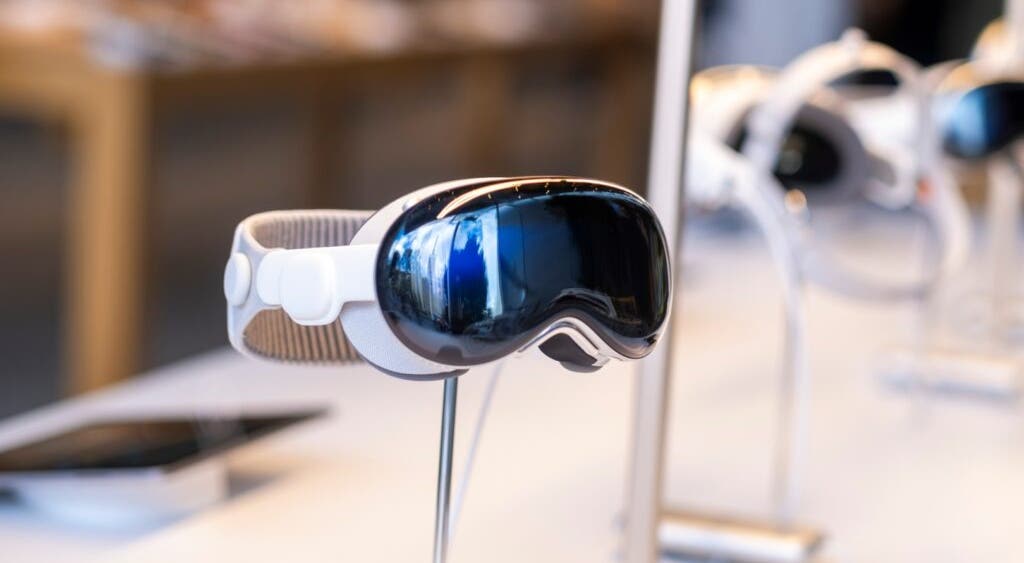
On Monday, tech expert Marques Brownlee delivered a thought-provoking critique of Apple Inc.’s first-generation mixed reality headset, Vision Pro, pointing out key areas where the device falls short of expectations.
Potential for Dramatic Improvement: Brownlee commenced his analysis by contrasting the Vision Pro with Meta’s Quest 3, underscoring the transformative impact that certain elements, if incorporated into the Vision Pro, could bring to the device.
He expressed his view that while the Vision Pro is an “interesting” entry into the market, it currently lacks the capability to significantly enhance user experiences, highlighting a series of deficiencies plaguing the headset.
Brownlee’s Perceptions of Shared Experiences
Brownlee suggested that using the Apple Vision Pro can feel isolating due to the absence of shared experiences within the headset, even while it offers immersive encounters during productivity tasks or movie viewing.
Referring to the social and interactive VR game “Rec Room,” he underscored the more social and interactive nature of the Quest headset, emphasizing the absence of such features in the Vision Pro experience.
Expanding further, Brownlee opined that the ability to share virtual environments across the globe, watch movies in a virtual theater with others, or play multiplayer games within the same virtual space should be fundamental features of VR, a facet which the Vision Pro lacks.
A Need for Window Memory Across Multiple Locations
Brownlee proceeded to outline the challenges associated with the Vision Pro’s functionality across different locations, such as home and work.
He noted that transitioning between multiple spaces causes apps to disappear from the last location, compelling users to manually rearrange them upon returning, and proposed the use of beacons or visual identifiers for seamless location-specific window management.
Integration with iPhone Notifications
The tech influencer highlighted the unmet expectations of Vision Pro users who presumed seamless connectivity to their iPhones for instant notification access, likening the current setup to a separate device akin to a Mac or iPad.
He emphasized the need for improved integration between the Vision Pro and the iPhone, suggesting a notification hub for smartphone alerts on the side of the interface, enabling users to check them without removing the headset.
While acknowledging the practicality of such integration, Brownlee expressed skepticism about Apple’s willingness to implement it.
Color Representation and Additional Functionalities
Brownlee flagged the limited color representation of the current displays, highlighting the shortfall in coverage of the DCI-P3 color gamut compared to reference-grade displays like the Pro Display XCR.
He further stressed the need for wider color coverage and field of view, in addition to calling for weight reduction and improved screen recording capabilities in the anticipated second-generation headset from Apple.
The tech maven also proposed the inclusion of keyboard pass-through functionality, suggesting the scanning or recognition of the keyboard of a MacBook, as a feature to enhance user experience.
In his comprehensive analysis, Brownlee’s remarks underline the areas where Vision Pro currently underperforms, thereby telegraphing that Apple’s MR headset has ample room for improvement and innovation in its future iterations.
Photo via Shutterstock

